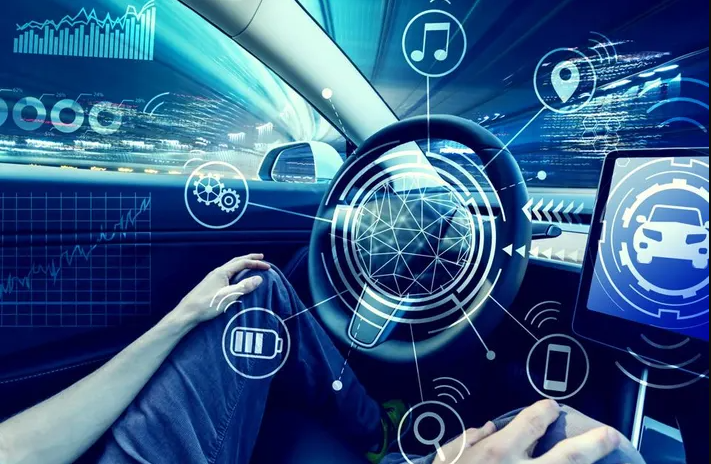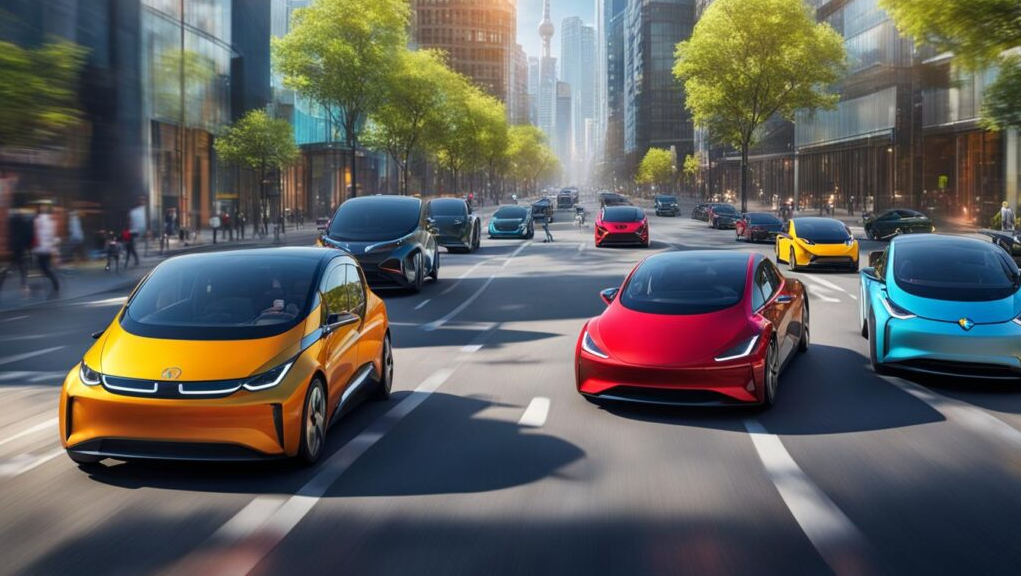The Rise of Autonomous Driving: How Self-Driving Cars Will Transform Transportation
The transportation sector will be transformed as autonomous driving technology, once seen as science fiction becomes reality. With high-tech sensors, artificial intelligence and machine learning algorithms, self-driving cars are not how we travel, but our chance to transform it completely. They will certainly improve our road safety and re-shape the urban landscape. As this technology develops apace, it is important to understand the challenges it faces and what potential ways there are forward.
Safety and Efficiency
One of the most important advantages of autonomous driving is that it has the potential to greatly improve road safety. Most car accidents are caused by human error. Self-driving cars, which are designed to correct these mistakes in driving, will greatly cut the number of fender benders by providing AVs with a set of senses that includes radar, cameras, and lidar to sense their surroundings all around. This sensory equipment, combined with artificial intelligence (AI), allows AVs to detect potential hazards much quicker than human drivers could.
In addition, AVs can communicate with one another as well as traffic infrastructure, leading to more efficient traffic flow. This car-to-everything (V2X) communication enables synchronized driving, reduces traffic jams and optimizes fuel consumption. For example, self-driving cars can assemble into car ‘platoons’ where the vehicles are close together and moving at fixed speeds, so that aerodynamic drag is minimized and fuel economy is improved.
Accessibility and Mobility
Autonomous driving has the potential to radically improve mobility for all kinds of people, including the elderly and disabled. Self-driving cars could serve as their means of transportation, giving them greater independence from others. Such greater accessibility can boost their living standards and reduce social isolation.
In urban areas, self-driving vehicles can become an integral part of public transportation. It’s especially so due to their low operating per mile cost and higher passenger turnover rates, combined with the convenience of having these within reach wherever they go. Coach buses and shuttles can offer cheap transport on a massive scale. Buses with autonomous technology are described as the ‘fourth-generation autonomous bus’ after human-driven buses, electronic trolley cars and busway vehicles. They will take passengers off congested city roads, clearing space for those places to be used for gardens, parks or other public use.
Economic and Environmental Impact
Autonomous driving will bring significant economic advantages. The transport and logistics sectors stand to benefit enormously from self-drive technology. On roads, self-driving trucks can work continuously without needing rest periods. Efficiency goes up while delivery time drops accordingly. Ultimately this cuts shipping costs and greatly benefits supply chains. It can be anticipated that automated vehicles will bring down greenhouse emissions. Reduced driving costs result from both optimized traffic patterns and lower congestion. Furthermore, doing away with the need for as many cars on the road means such vehicles are replaced with cheapest form of driving there is to charge up and use: electric cars that have been robotized. Autonomous electric fleets under intelligent management systems, for instance, will make the best use of energy and can be made to cooperate with new energy sources from all directions.
Difficulties and Precautions
Despite these good prospects, autonomous driving technology remains to far in the future to be easily brought into widespread use. Safety and reliability are still the first concerns. It is urgent that self-driving cars be able to cope with diverse and complex road conditions. This calls for extensive testing and validation in diverse situations, including bad weather and unexpected human behavior. In addition, the legal and regulatory frameworks must change as well to fit AVs. The government must confront issues related to liability, insurance and cybersecurity, so they can ensure a smooth transition to automated transportation for all. For another, public acceptance hampers widespread use of these products as people naturally fear machines might be taking over their lives. This requires education and wide-scale publicity.
Conclusion
The development of autonomous driving technology opens up a brand-new chapter in transport, offering greater safety, longer range and increased availability. However, though there are serious challenges ahead, the potential benefits more than make drivers worth pursuing. As technology evolves, collaboration among manufacturers, governments and the public is essential if we are to fully leverage the benefits offered by self-driving vehicles while transforming transportation altogether.









